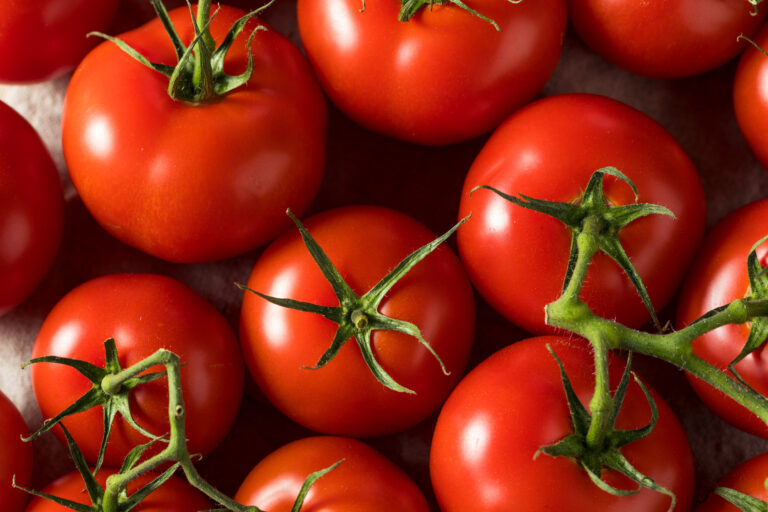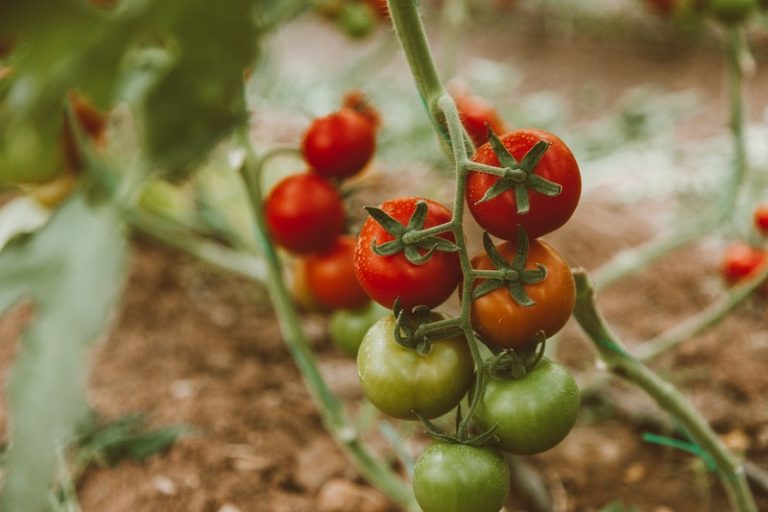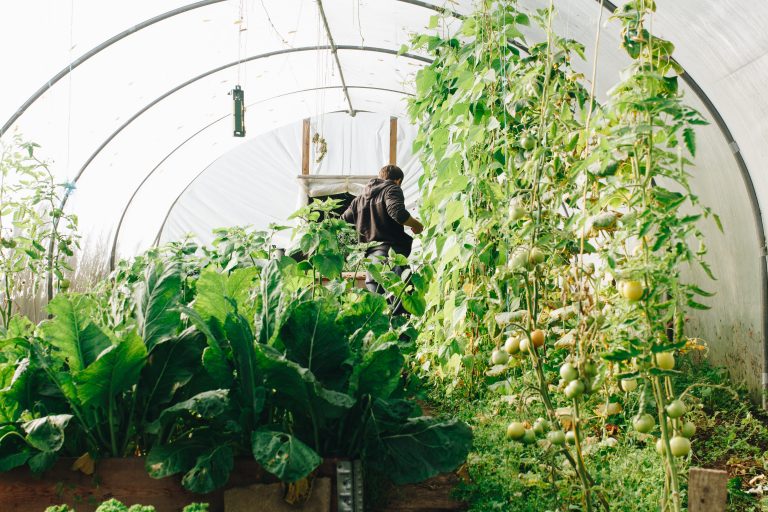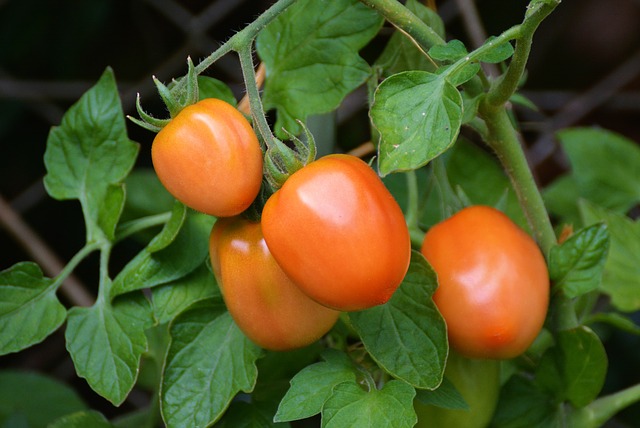I just finished reading Sutton Foster’s book, “Hooked: How Crafting Saved My Life.” I got it because she’s crocheting on the cover of the book and that’s my go-to craft. It’s also her go-to craft, however she enjoys many other crafts as well. She even mentions gardening in the book. Specifically, she talks about the…
tomatoes
To Prune or Not to Prune? Keeping Tomatoes in Check
To prune or not to prune, that is the question! Tomatoes are one of the most popular garden plants for a reason. They’re fairly easy to grow, produce an impressive yield, and are available in many interesting varieties. There are many schools of thought when it comes to tomato pruning. So what’s the right…
Profitable Greenhouse Crops: Money in Your Pockets
You’ve been growing for a while. You’ve built a DIY greenhouse (or invested in one) and decided that you want to turn your hobby into a profitable small business. Which plants should you focus on growing to ensure steady cash flow? Here are the most profitable greenhouse crops that you should consider growing: Tomatoes Tomatoes…
The No-Cost Way to Increased Tomato Yields: Pruning
Hi, everyone! Apologies for the late posting. I’ve known what I wanted to talk about this week for a while, but honestly, it’s tough to explain it well without a visual aid. Pruning tomatoes is one of the tasks that I either excel at or fail miserably to keep up with. I’m either diligent in…



